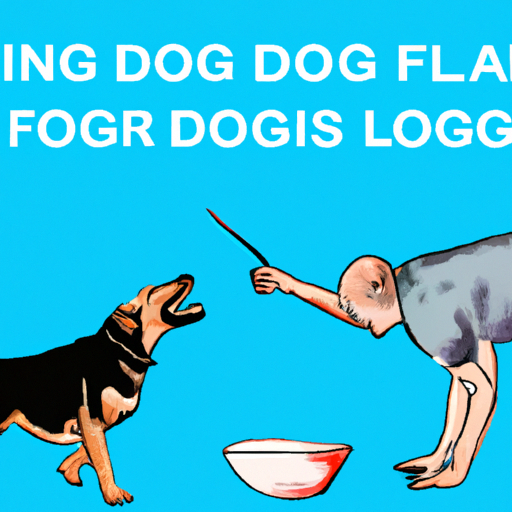As a caregiver, it’s your responsibility to ensure a safe, relaxed, and loving environment for your pet. One of the challenges you might face is curbing food aggression in your dog. Here’s a comprehensive guide to help you navigate this issue.
H2: Understanding Food Aggression in Dogs
Food aggression, also known as resource guarding, is a survival instinct in dogs that can escalate into a challenging behavior. This behavior can range from mild to severe:
- Mild: The dog growls and shows its teeth.
- Moderate: The dog snaps or lunges when approached.
- Severe: The dog bites to protect its food.
Understanding the severity of your dog’s food aggression is the first step to correcting the behavior.
H2: Identifying Triggers for Food Aggression
It’s important to identify what triggers your dog’s aggressive behavior. This could be:
- Presence of other dogs or pets.
- Presence of humans, especially when they approach the dog’s food.
- Certain types of food that the dog highly values.
By identifying these triggers, you can develop a strategy to manage your dog’s behavior.
H2: Strategies to Correct Food Aggression
Here are some strategies to correct food aggression:
- Desensitization: Gradually expose your dog to the triggers in a controlled way to reduce their reaction over time.
- Counter-conditioning: Change your dog’s emotional response to the triggers by associating them with positive experiences.
| Strategy | Description |
|---|---|
| Desensitization | Gradually expose dog to triggers. |
| Counter-conditioning | Associate triggers with positive experiences. |
H2: Getting Professional Help
Sometimes, the situation may require professional help. If your dog’s food aggression escalates, it’s best to consult a professional dog behaviorist or a veterinarian. They can provide a treatment plan tailored to your dog’s specific needs.
H2: Maintaining a Safe and Healthy Environment
Prevention is always better than cure. Ensuring a safe and stress-free environment can help prevent food aggression in the first place. Here are some tips:
- Feed your dog in a quiet, low-traffic area.
- Keep children and other pets away from your dog while they’re eating.
- Don’t disturb your dog while they’re eating.
- Make sure your dog is getting a balanced diet and regular exercise.
FAQ
Q: Can food aggression be completely eliminated in dogs?
While it can be managed, in some cases, food aggression may not be completely eliminated. It’s about managing the behavior effectively.
Q: Is food aggression common in certain breeds?
Food aggression is not breed-specific. It can occur in any dog, regardless of breed.
Q: Is it okay to punish my dog for showing food aggression?
Punishment can often exacerbate the problem. It’s better to use positive reinforcement strategies.
Q: Can I train my puppy to prevent food aggression?
Yes, early training can help prevent food aggression in puppies.



